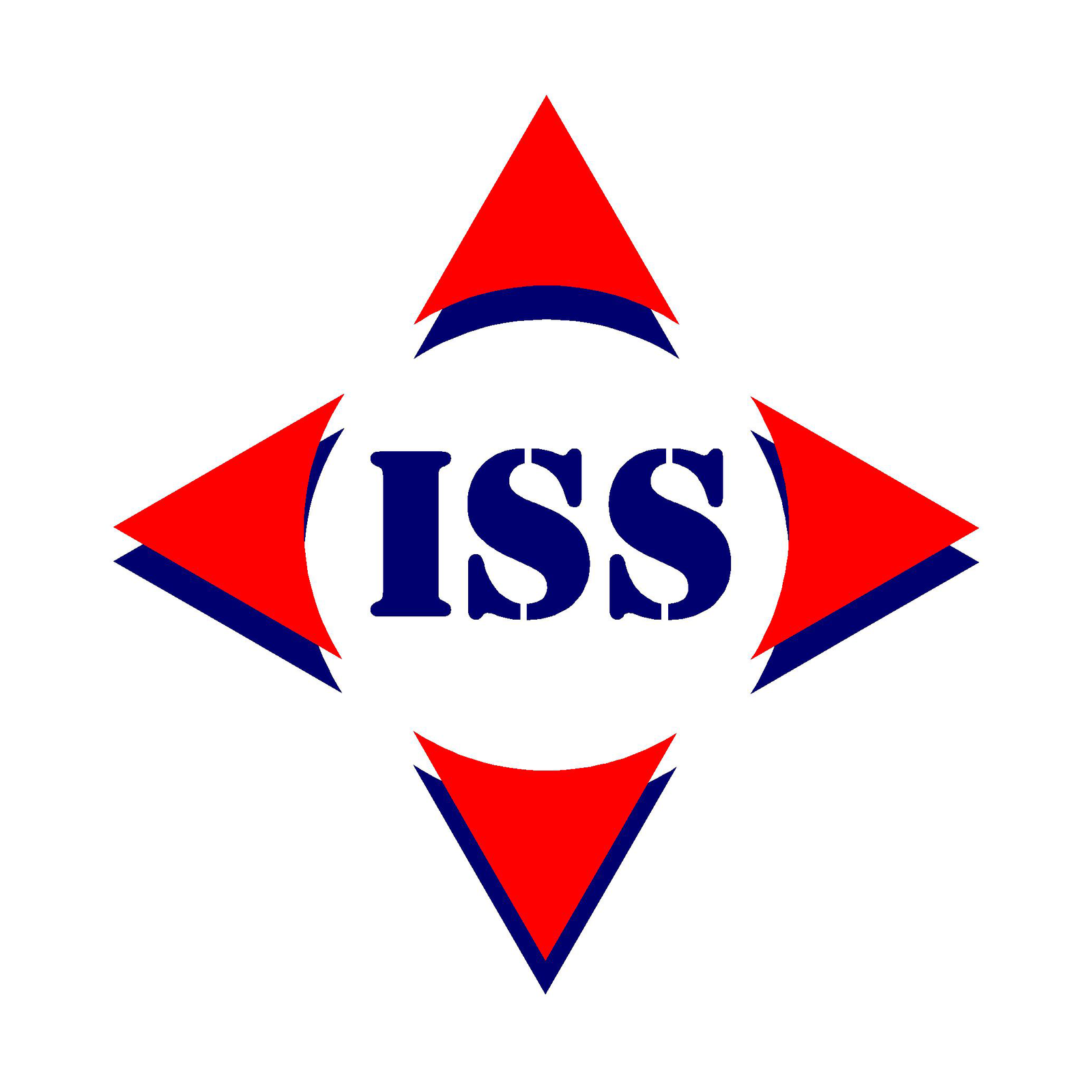
In the fast-paced world of logistics and supply chain management, warehouse operations play a critical role in ensuring efficient inventory management and order fulfilment. To optimise these operations, businesses rely on advanced technology solutions like Warehouse Management Systems (WMS). In this comprehensive ISS guide, we'll explore what a Warehouse Management System is, its key features and benefits, implementation considerations, and how it can revolutionise your warehouse management processes.
What is a Warehouse Management System?
A Warehouse Management System (WMS) is a software solution designed to support and optimise warehouse operations. It provides real-time visibility into inventory levels, automates various processes, and enhances overall efficiency. A WMS acts as the central hub for managing inventory, orders, labour, and other critical aspects of warehouse operations.
The Benefits of Implementing a WMS
Implementing a WMS brings numerous benefits to your warehouse operations:
- Improved inventory accuracy and visibility: A WMS provides real-time inventory tracking, minimising stockouts, and improving overall inventory accuracy.
- Streamlined order fulfilment processes: WMS optimises order processing, picking, and packing, resulting in faster and more accurate order fulfilment.
- Enhanced labour productivity and efficiency: With features like task allocation, performance tracking, and labour scheduling, WMS maximises workforce productivity and utilisation.
- Increased customer satisfaction and order accuracy: WMS ensures accurate order fulfilment, reducing errors and improving customer satisfaction.
- Real-time reporting and analytics: WMS generates real-time reports and analytics, providing valuable insights for data-driven decision-making.
- Scalability and adaptability: A robust WMS can scale with your business, accommodating growth and evolving operational needs.
Key Features and Functionality of a WMS
- Inventory management and tracking: WMS provides real-time visibility into inventory levels, locations, and stock movements.
- Order processing and fulfilment: WMS streamlines order processing, picking, packing, and shipping, improving order accuracy and speed.
- Receiving and put-away processes: WMS automates receiving, inspection, and put-away processes, ensuring efficient handling of incoming goods.
- Pick, pack, and ship operations: WMS optimises pick routes, automates packing processes, and facilitates shipping label generation.
- Warehouse layout and slotting optimisation: WMS helps optimise warehouse layout, product placement, and slotting strategies to minimise travel time and maximise space utilisation.
- Labour management and workforce planning: WMS allocates tasks, tracks performance, and optimises labour schedules to maximise workforce productivity.
- Integration with other business systems: WMS integrates with other systems like Enterprise Resource Planning (ERP) and Transportation Management Systems (TMS) for seamless data flow and end-to-end visibility.
Choosing the Right WMS for Your Business
When selecting a WMS, consider the following:
- Assess your business needs and requirements, including current and future operational challenges.
- Evaluate the scalability and flexibility of the system to ensure it can accommodate your business growth.
- Consider integration capabilities with existing systems to ensure smooth data flow across various platforms.
- Analyse the total cost of ownership, including upfront costs, implementation fees, and ongoing maintenance expenses.
Implementing a WMS
Implementing a WMS involves several steps:
- Develop a comprehensive implementation plan, including a timeline and key milestones.
- Migrate data from existing systems to the WMS and configure the system to align with your operational requirements.
- Provide thorough training to warehouse staff and facilitate change management to ensure smooth adoption.
- Test the system extensively before going live, ensuring all functionalities are working as expected.
Best Practices for Optimising WMS Usage
To maximise the benefits of a WMS, consider the following best practices:
- Regularly review and update system configurations to align with evolving operational needs.
- Continuously monitor key performance indicators (KPIs) to identify bottlenecks and areas for improvement.
- Embrace process automation and integrate technology solutions like barcode
scanning and robotics. - Conduct regular system maintenance and upgrades to ensure optimal performance and security.
- Foster a culture of continuous improvement by encouraging employee feedback and innovation.
Overcoming Challenges in WMS Implementation
WMS implementation may present challenges such as:
- Change management: Address resistance to change through effective communication and training programs.
- Data accuracy and system integration: Ensure accurate data migration and establish seamless integration with other systems.
- System customisation and scalability: Select a WMS that can be customised to your specific needs and easily scaled as your business grows.
- Vendor selection: Choose a reliable WMS vendor with a proven track record and strong customer support.
Warehouse Management Systems (WMS) are powerful tools that can revolutionise the way businesses manage their warehouse operations. By implementing a WMS, businesses can optimise inventory management, streamline order fulfilment, enhance labour productivity, and improve customer satisfaction. With careful planning, implementation, and adherence to best practices, a WMS can transform your warehouse into a highly efficient and competitive asset, helping you stay ahead in the rapidly evolving world of logistics and supply chain management.
For any additional questions on warehousing, distribution, and logistics in your business, get in touch with ISS!




